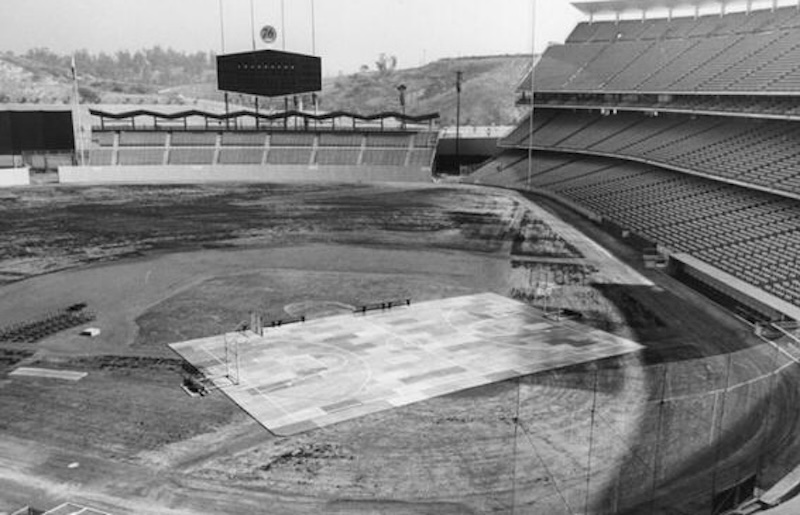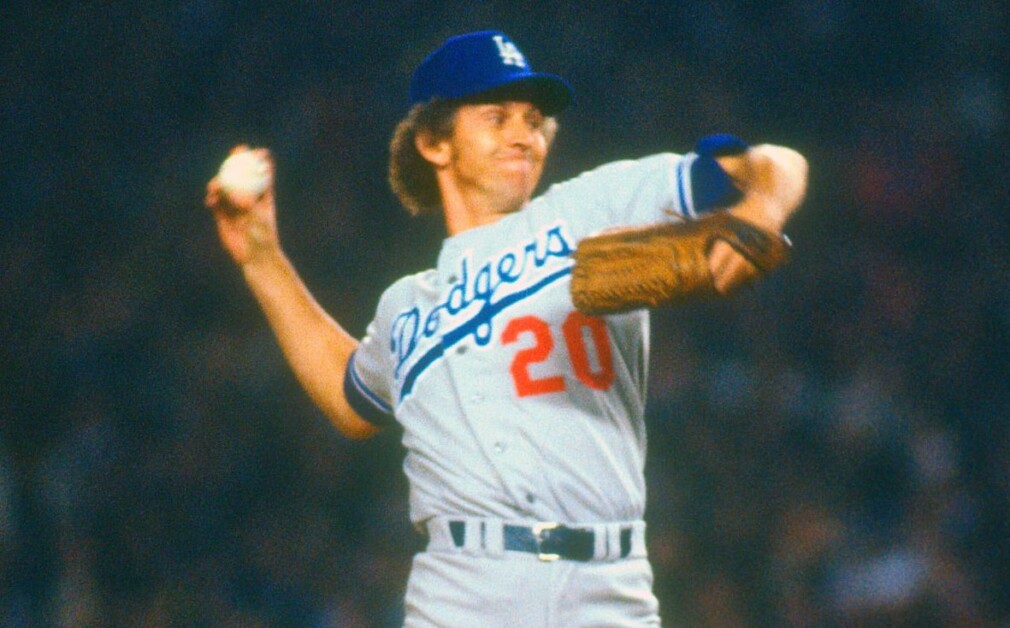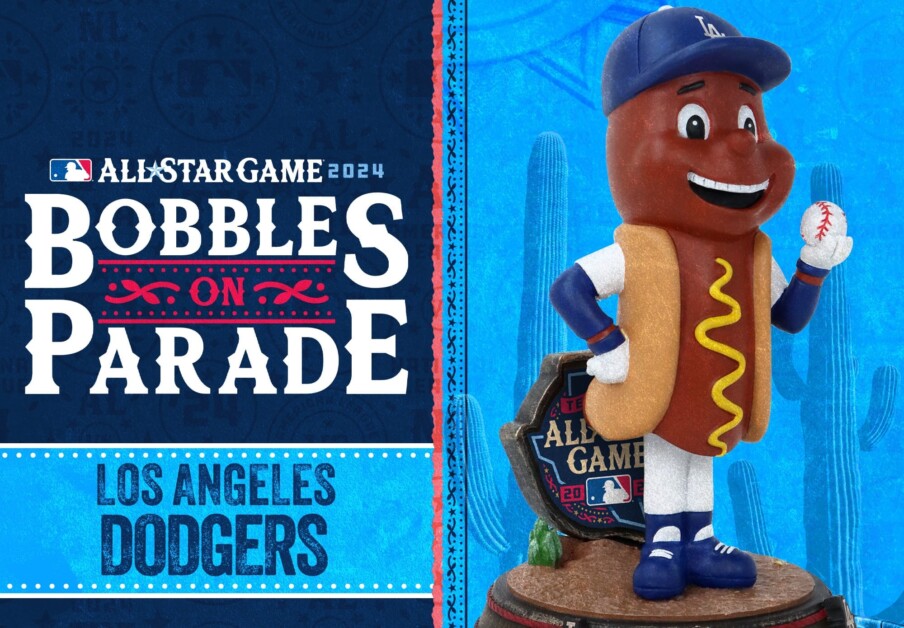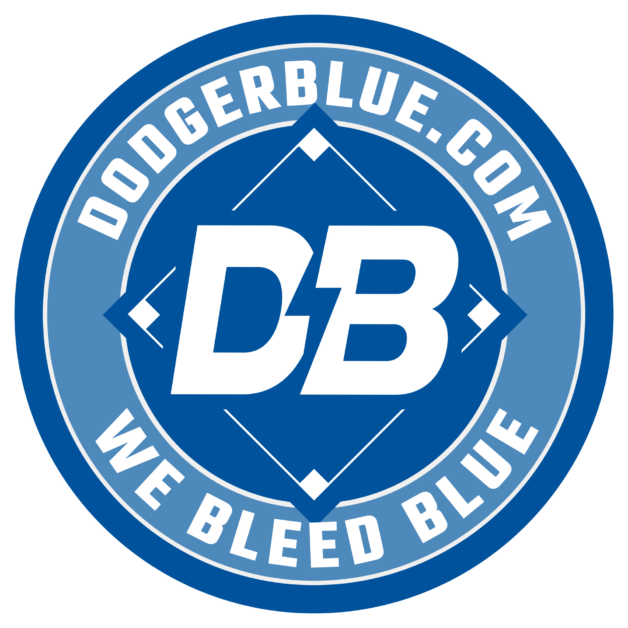With a final push at the end of last season, Dodgers fans helped the franchise set a new attendance record. Not only did the Dodgers have more than 4 million fans attending their home games, but they also became the first team in the league to break that barrier in a single season in over fifteen years.
After their final home game, the Dodgers tallied 4,012,470 fans for the season, comfortably surpassing their previous best of 3,974,309, a record that had stood since 2019. The 2025 MLB season saw the Dodgers clinch the National League West title, and success naturally breeds support. Although the Dodgers fell to the Cincinnati Reds in the Wild Card Series, their fans were with them.
Filling Out Stadiums
Modern globalization and fan engagement have naturally contributed to the growing popularity of top leagues like MLB and individual teams. Fans now have access to live broadcasts, exclusive content, highlights, and in-depth statistics from virtually anywhere in the world. Beyond watching, they can play video games or baseball-themed online casino slots such as MLB Rising Rewards or Legends of Baseball. Gambling platforms nowadays offer different games from leading providers such as Play’n GO and Microgaming, many of which are inspired by the sport.
This means fans can interact with baseball in multiple ways. For instance, after watching a movie or playing a baseball video game, someone might become inspired to follow the real sport and attend every game of their favorite team. Take the Dodgers, for example. They excelled last season, drawing an average of 49,537 fans per game.
This continued their remarkable trend of leading the MLB in annual attendance, as the franchise has done since 2013. To put their fan numbers into further context, they were just one of six teams that surpassed the 3 million total for the 2025 MLB season.
The last time any team reached 4 million fans in a single season was in 2008, when the New York Mets and the New York Yankees cracked the ceiling. There were extenuating circumstances, though, because for both the Mets and the Yankees, it was their respective final seasons in their old ballparks, and fans naturally wanted to get in for a final taste.
Part of the Trend
The Dodgers weren’t alone last season in seeing their attendance figures increase; however, it was part of an MLB-wide trend. Across the 30 franchises, 71,409,421 fans attended games, and that attendance number represented the third consecutive season of growth.
What’s behind the growth is interesting because MLB has been on a big drive in the last few years to target a younger audience. In 2025, MLB reported that the average age of ticket buyers had dropped, showing that their desired shift to attract a younger demographic had been working.
Other potential elements are at play as well, with social media and the MLB’s official app helping fuel interest in the sport. Through their social media reach, the Dodgers, for example, can keep fan engagement high, which also ties into producing an appeal for a younger demographic to attend games.
Away From the Stadium
The MLB has become increasingly visible with the ever-growing number of game broadcasts, and those broadcasts are getting increasingly interactive with things like AI-powered statistics. Seeing a team like the Dodgers on the screen helps generate interest in ticket purchases, as fans become familiar with players and want to watch them in person.
The players themselves are important, too, as reported by the New York Mets, who signed Juan Soto through a free agent acquisition ahead of last season. This move was a major factor in boosting excitement and ticket sales for the franchise. The bigger the star power that a new signing has, the more likely it is to have that knock-on effect.
While a major signing is big news for the acquiring franchise, the extra numbers that such a move pulls in will impact the MLB average attendance. The Dodgers, known for high spending on star power, continue to encapsulate this. The Shohei Ohtani effect and the likes of Mookie Betts, Freddie Freeman, and Yoshinobu Yamamoto create a star-studded product that most baseball fans, even non-Dodgers fans, want to see. A high-profile roster is a big ticket draw.
The Biggest Change
As fans at Dodger Stadium will have seen in the last few seasons, the game itself has also evolved into a much faster-paced product. The average game time in the MLB in 2025 was the third season running, less than 2 hours and 40 minutes. Rule changes, like the pitch clock, defensive shift limits, and larger bases, have helped to increase the pace of the action, something that, again, is more appealing for younger audiences.
The Dodgers have long dominated the MLB when it comes to pulling in the crowds. This has helped them by consistently reaching the postseason and having a high-capacity venue that no other ballpark in the MLB can match. The loyal fanbase is there to tap into, and the strong upward trend in attendances shows that it is still growing.








